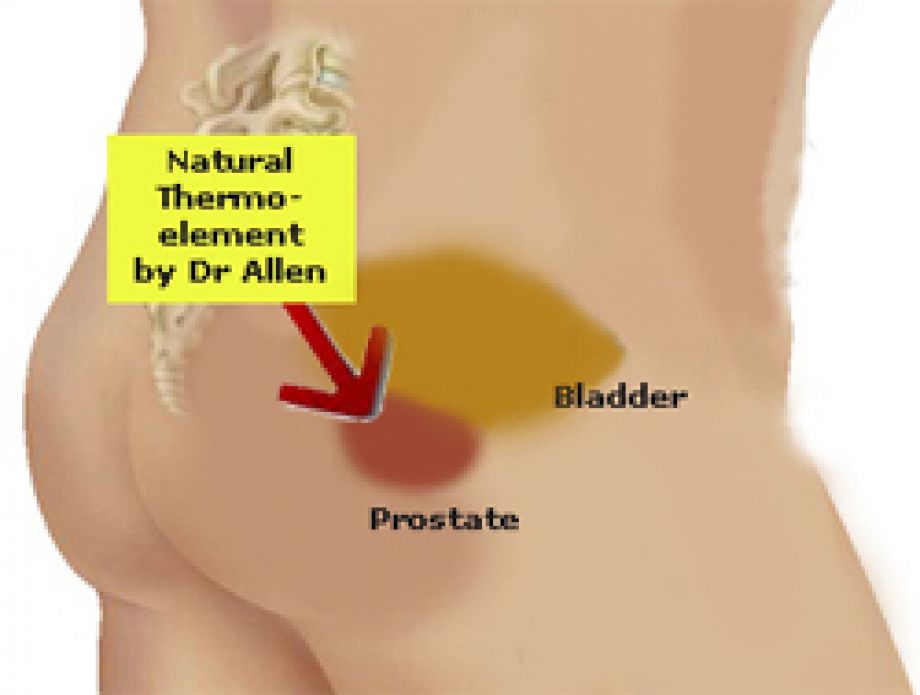-
Tips for becoming a good boxer - November 6, 2020
-
7 expert tips for making your hens night a memorable one - November 6, 2020
-
5 reasons to host your Christmas party on a cruise boat - November 6, 2020
-
What to do when you’re charged with a crime - November 6, 2020
-
Should you get one or multiple dogs? Here’s all you need to know - November 3, 2020
-
A Guide: How to Build Your Very Own Magic Mirror - February 14, 2019
-
Our Top Inspirational Baseball Stars - November 24, 2018
-
Five Tech Tools That Will Help You Turn Your Blog into a Business - November 24, 2018
-
How to Indulge on Vacation without Expanding Your Waist - November 9, 2018
-
5 Strategies for Businesses to Appeal to Today’s Increasingly Mobile-Crazed Customers - November 9, 2018
Expectant management of very low-, low-risk prostate cancer is effective, but
Watchful waiting or active surveillance, which is termed expectant management, is an appropriate approach for many men with localized tumors; it avoids the devastating side-effects of aggressive treatments (surgery and/or radiation) that are unnecessarily for many cases. In addition, some prostate cancers are slow-growing and are less likely to cause problems, especially for older men, the American Cancer Society notes. Active surveillance utilizes repeated testing of PSA and prostate biopsies to monitor for cancer progression. “Given that overtreatment of low-risk disease is a major driver of arguments against prostate cancer screening efforts, these observations may help inform a renewed discussion regarding early detection policy in the United States”.
Advertisement
But a United States study has shown that in low-risk prostate cancer cases waiting and watching before rushing into treatment is a good idea in as many as 40% of patients in whom the disease has not spread.
“Considerable questions remain regarding both the identification of optimal candidates for surveillance, as well as understanding the ideal monitoring strategy after the initiation of observational protocols”, said Dr. Leonard Marks, study co-author and a professor of urology. It is estimated that more than two million prostate cancer survivors are living in the USA.
Men with early-stage prostate cancer increasingly are opting for regular monitoring and holding off on treatment unless the disease progresses, a new study suggests.
Increased screening for prostate cancer has led to more cancers being detected – but also to over-treatment of low-risk prostate cancers. Conversely, treatment with androgen deprivation for intermediate-risk and high-risk tumors, which had been increasing steadily from 1990 (10 percent and 30 percent, respectively), decreased sharply (to 4 percent and 24 percent, respectively).
Among men age 75 or older, 76 percent opted for surveillance from 2010 through 2013, researchers found.
Cooperberg said that’s also a trend in the right direction, because androgen deprivation, which limits the effect of hormones on the cancer, should not be used alone. “We’re seeing a drop off of its (solo) use”.
Doctors have seen a spike in the amount of men who are choosing active surveillance or watchful waiting among those with localized prostate cancer. He added, “Using strict inclusion criteria for very low-risk or low-risk prostates cancer can select a group of prostate cancer patients for active surveillance who would avoid the side effects of therapy while experiencing comparable survival and quality of life”.
The American Urological Association recommends against PSA screening in men younger than 40.
Studies have shown that 10 to 14 years after screening very few lives are saved even among men under 70. It recommends that men ages 55 to 69 decide about PSA testing after discussions with their doctors.
Advertisement
Currently, the government-backed US Preventive Services Task Force (USPSTF) recommends against screening for PSA levels.





























